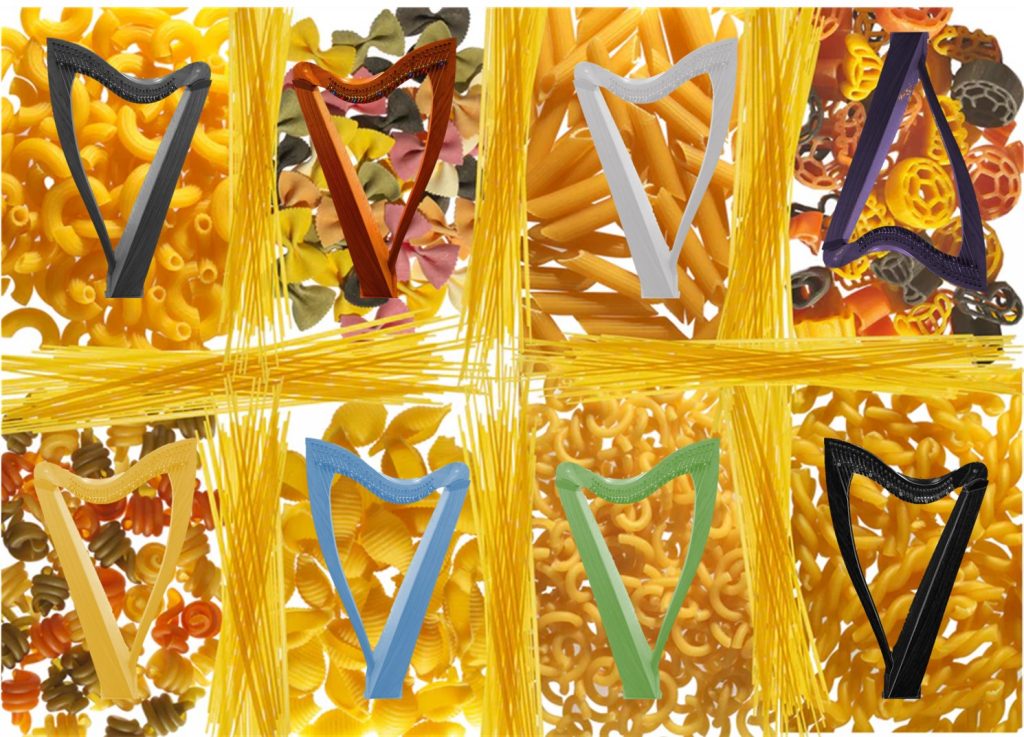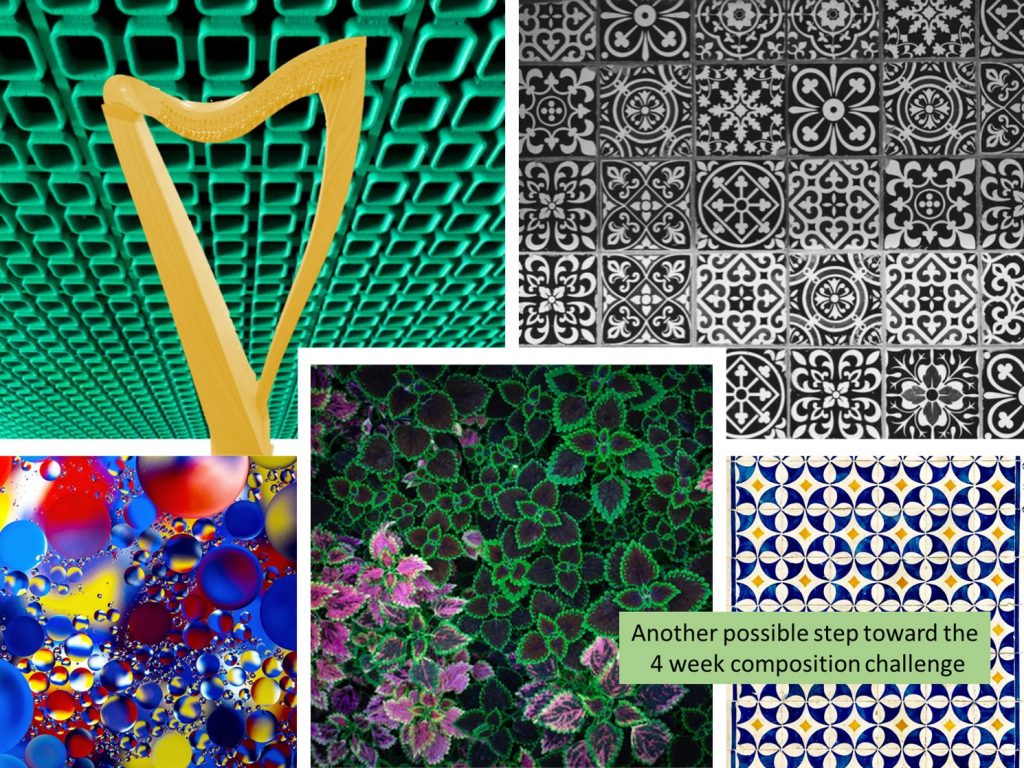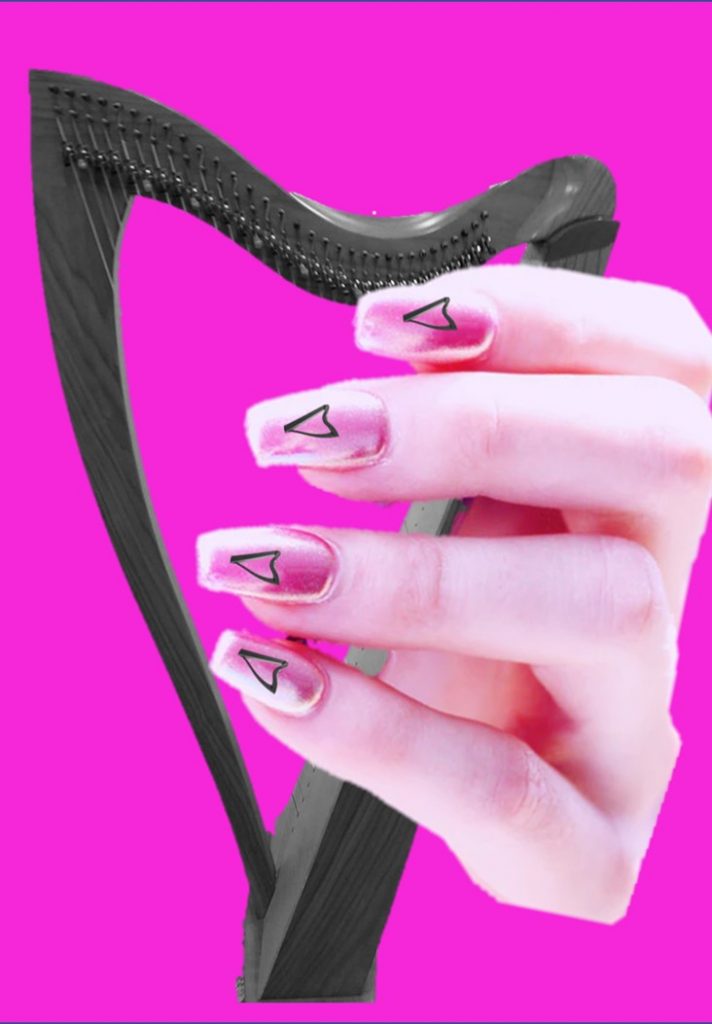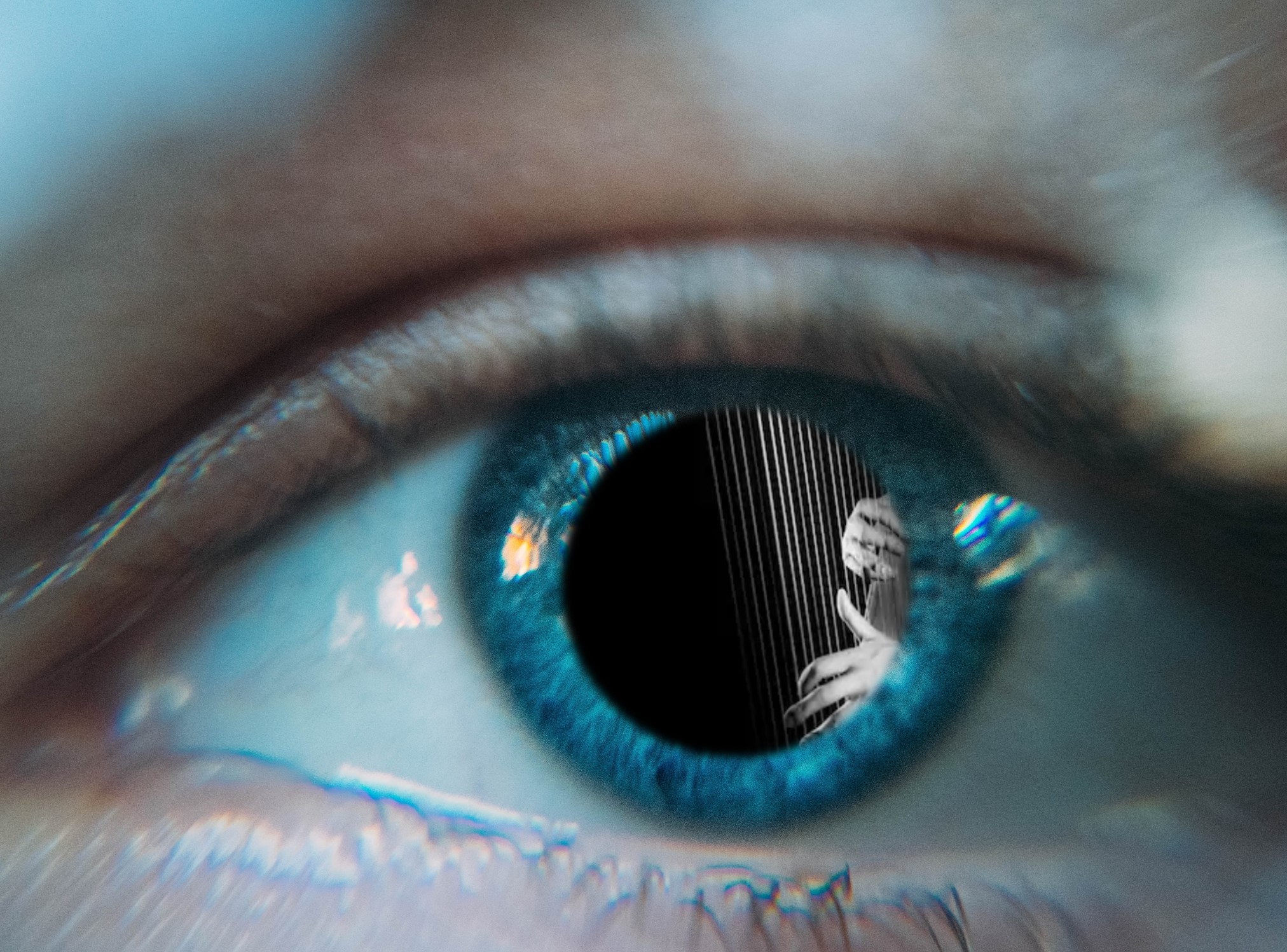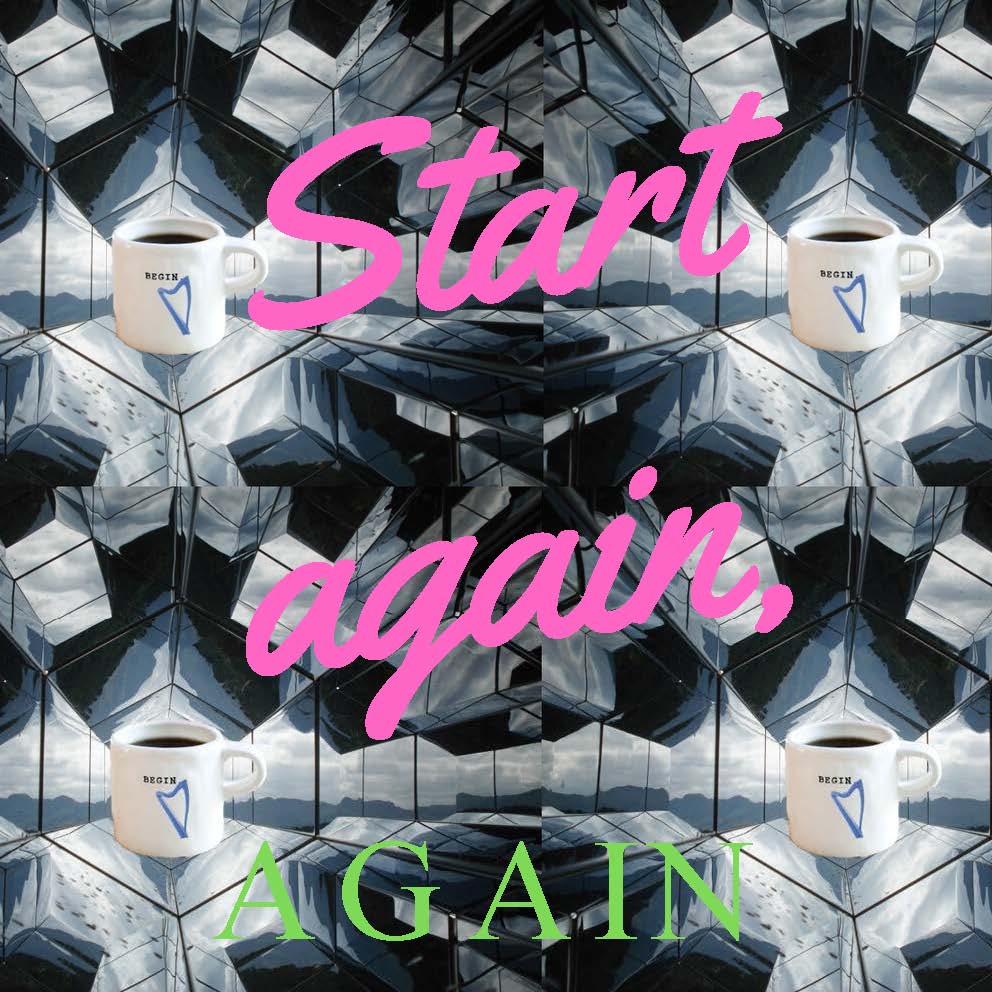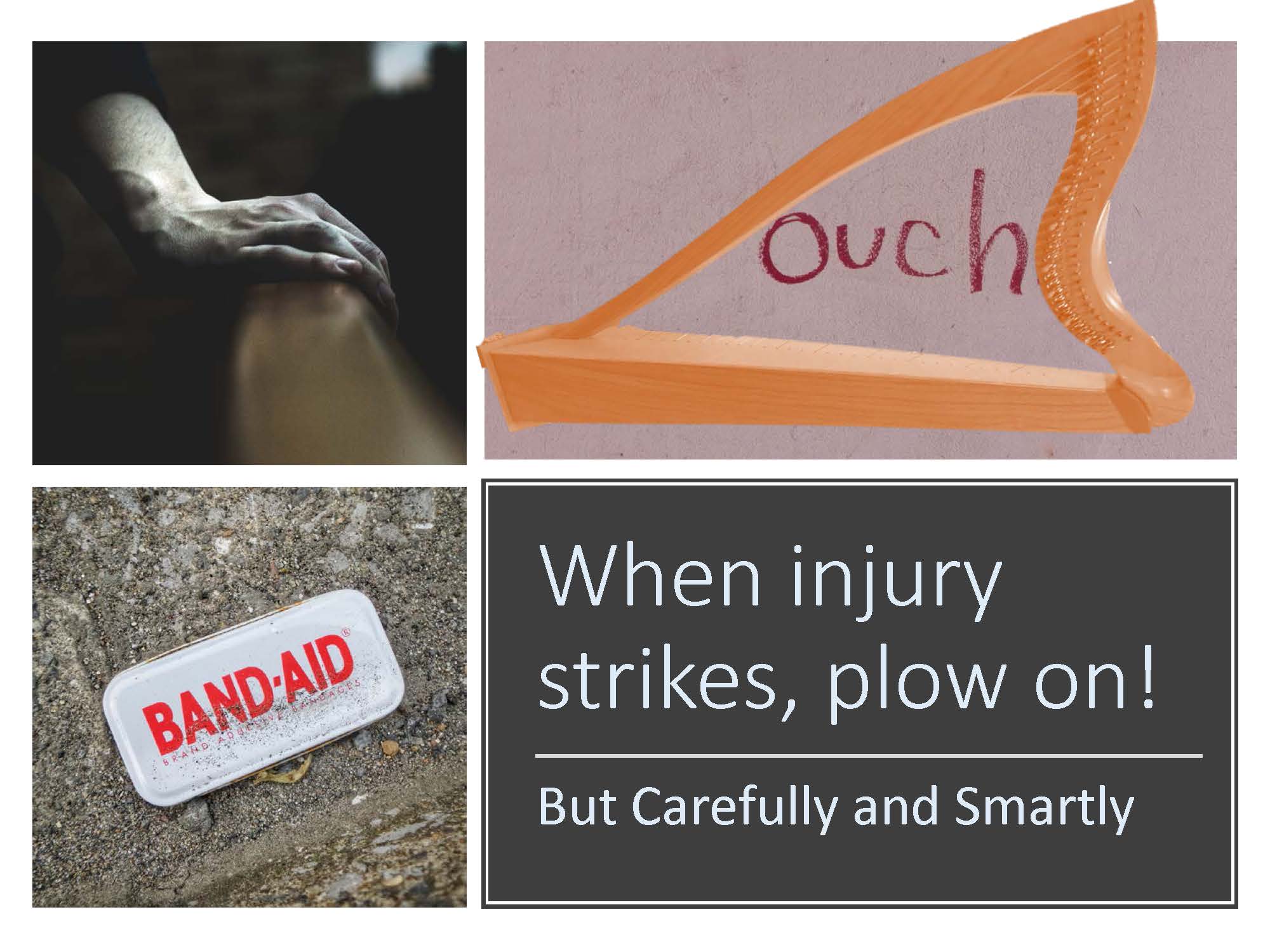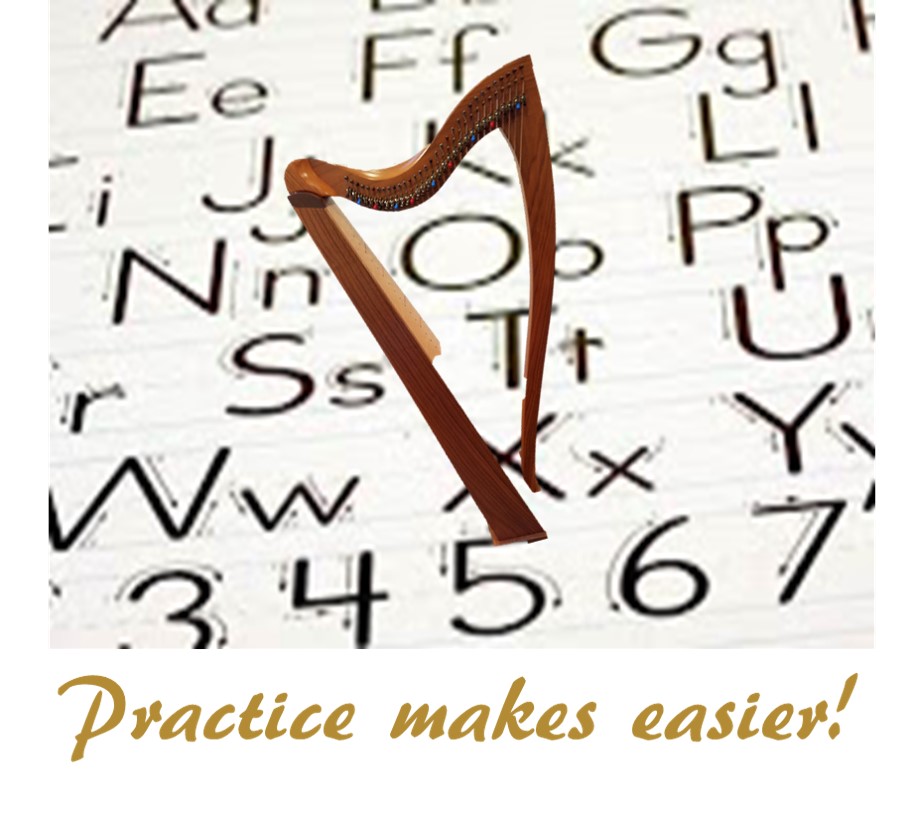I love teaching. I learn so much from each of my students. They all have their own strengths and challenges, but I find that there are sometimes overlaps. This week, no less than three students have been trapped in the Land of Should – a dark and horrible place which is easy to find and sometimes hard to leave.
You might have been there. You might be there right now. You can tell you’re there by the signs:
“I should practice more”
“I should be more motivated (even though there’s a global pandemic and nothing is as it typically is)”
“I should be able to ignore the things going on in my life and keep playing”
“I should be able to play this by now”
“I should be better than I am”
I get it. The Land of Should can be very seductive. And sometimes it seems like it’s the only place the bus stops.
 But being trapped in the Land of Should is actually painful and not very comfortable. After all, WHY should you (practice more, be more motivated, be more accomplished, and by extension, have a pristine home, have read all the “right” books, being wearing the right look, etc. – whatever)??
But being trapped in the Land of Should is actually painful and not very comfortable. After all, WHY should you (practice more, be more motivated, be more accomplished, and by extension, have a pristine home, have read all the “right” books, being wearing the right look, etc. – whatever)??
But shoulds are often unhelpful – these thoughts don’t get you any further ahead. Telling yourself you should do (or be) something doesn’t change anything or suggest useful changes. It only sets you up to feel like you’ll never get where you’re going. The Land of Should is like that.
One way to look at is that these thoughts are actually you bullying yourself! You’re telling yourself you’re a disappointment. Would you say something like that to your best friend? I didn’t think so.
And right now, we all need a little more TLC – especially from ourselves! Even the most stalwart and resilient among us are feeling a little peaky. So, it’s no surprise if the pull of the Land of Should is becoming stronger.
How do you escape its terrible orbit? Here are five ways to get out of the Land of Should:
- Journal. You know I’m always exhorting you to keep a journal of your practice. Here’s a good use for it. First, you can document your practice time – what (objectively) did you work on, where did you leave it, where will you pick it up next time? Secondly, you can also capture how you are feeling about the time you had (especially if you’re feeling like you have not done enough). As always, keep your journal in any means that works for you – in a notebook, on your computer, as an oral history in your phone voice memos, as an abstract drawing – it doesn’t matter how you keep it as long as that medium works for you!
- Be realistic. There’s a lot going on in the world, no matter who you are or where you live. With the ongoing uncertainty and changing information as physicians and scientists learn more about it, it’s easy to feel like we’ll never have our feet on solid ground again. You can use your time at the harp to help soothe your frayed nerves and the anxiety of not knowing. Maybe this isn’t the time to double your repertoire or add those highly chromatic pieces you admire but don’t feel ready to take on. But you do have repertoire already with which you can be fairly comfortable – play that. Noodle! Improvise. Play nothing at all. But don’t cut yourself off from your harp. At a minimum, allow the reverberations of playing the notes impact your body. Take some time and take some ease. No matter your level of play, you can do this! Are you a rank beginner, still trying to remember which finger is 2? No worries, play a single string and let it ring while you feel the gentle vibration and hear the beautiful timbre! Then play another. Think that’s only for beginners? Nope – there’s a lot of soothing in a playing a single string and letting it reverb for you for as long as it likes…then play another one, etc.
- Reframe. It is easy (especially in difficult times) to focus on the negative, to beat yourself up and as a result to feel bad. Reframe your thoughts! It isn’t that you didn’t practice enough. Rather, you made the best use of limited available time. It isn’t that you aren’t progressing. Rather, you currently have higher priorities requiring your time and attention. It isn’t that you’re not motivated. Rather you are dealing with a lot and will be back and focused soon. But DO NOT tell yourself you’re not “good enough” because you haven’t done something.
- Study your history. You haven’t always felt this way. Think back to a time when you didn’t feel like this and understand that you have ups and downs and that’s ok. Your truth includes being strong and resilient and sometimes it includes being a little bit fragile and that the fragility passes – and all of it is part of you! And that’s kind of cool – because there’s interesting in there (to be found sometime when you’re transitioning from fragile to strong!).
- Be nice…and positive. Be nice in general, but especially be nice to you! And don’t torment yourself. Instead, focus on the good (if only because it’s so easy to focus on the bad – and who wants to do easy stuff?).
If you find yourself lost in the Land of Should, perhaps one of these might help. If something works for you, please let me know. And if you have another way to escape – please share in the comments below.
